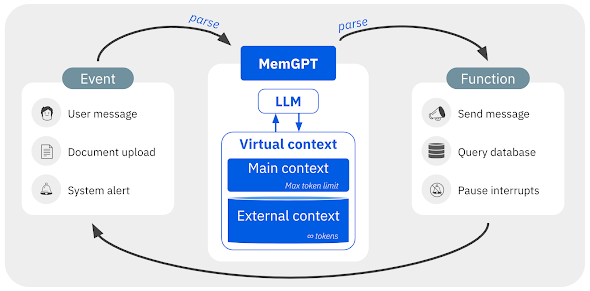Github Copilot Latest Features
Github Copilot is an AI-powered developer tool that has revolutionized the software development process. With its latest features, Copilot has become an indispensable tool for developers around the world. In this article, we will explore the new capabilities of Copilot and how it is changing the way developers work. Introduction Github Copilot has come a long way since its inception. It started as a code completion tool, but it has evolved into much more. With the power of natural language processing and machine learning, Copilot can now assist developers in various aspects of the software development life cycle. The Genesis of Copilot The journey of Copilot began in 2020 when a group of talented engineers got their hands on a raw version of OpenAI's GPT-3 model. They wanted to explore whether an automated pair programmer could be a reality. To their surprise, the model was able to solve 93% of the programming exercises they fed into it. This was the moment that won over even th

